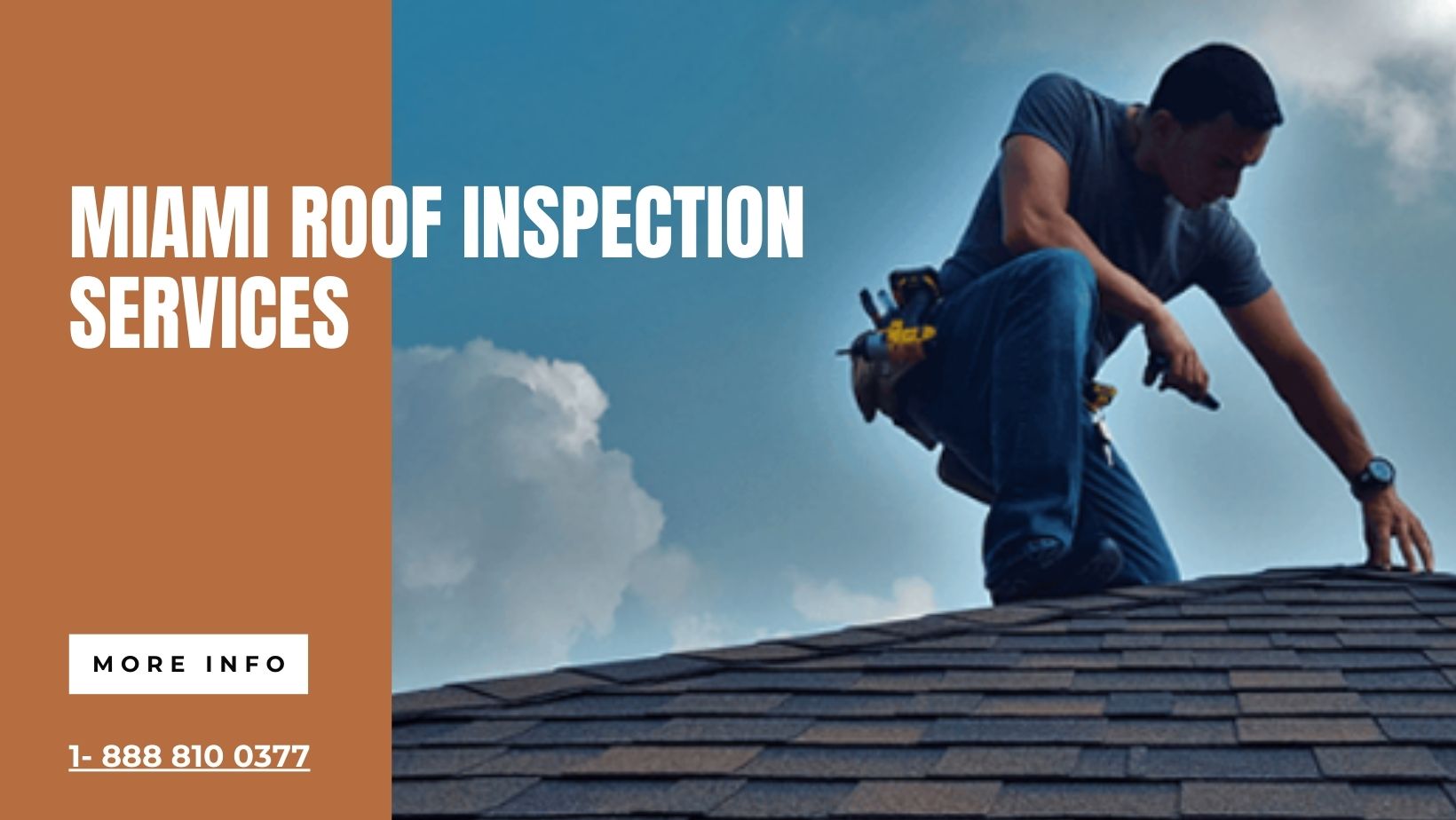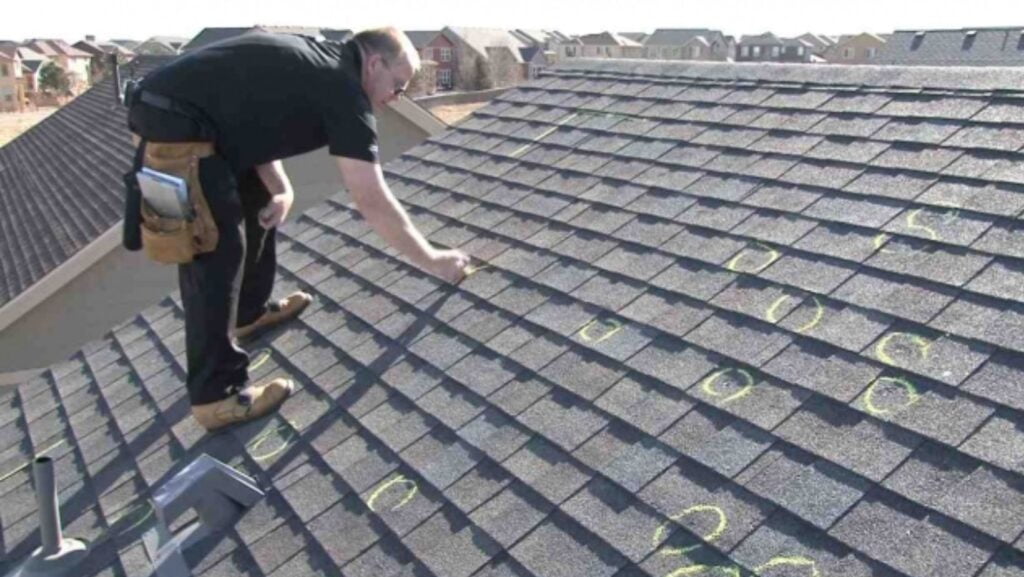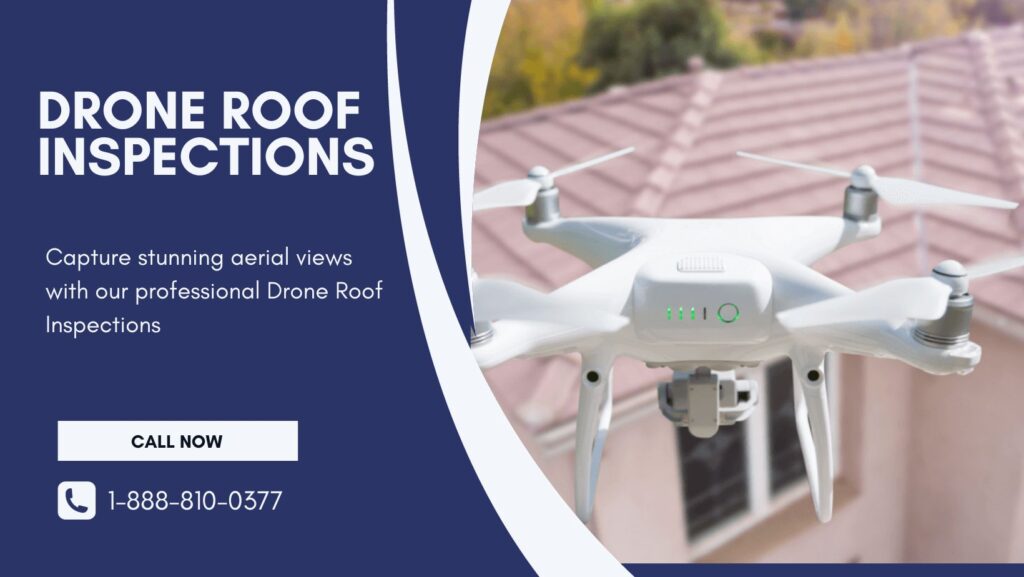When it comes to roofing, emergencies can strike at any time. Whether it’s a sudden leak, a fallen tree, or damage from a storm, knowing how to respond can make a big difference. It can protect your home and belongings. In this blog post, we’ll guide you through the steps of responding to Miami Roof Inspection Services. We’ll include spotting the signs of trouble and assessing storm damage. We’ll also choose between temporary and permanent repairs. Plus, find the right roofing specialist and navigate the financial aspects of emergency roof repairs.
Spotting The Signs of Roofing Emergencies
Spotting the Signs of Roofing Emergencies
Roofing emergencies can be stressful and costly, but they can often be prevented by spotting the signs early on. Here are five key signs to look for:
- Leaks in your ceiling or walls: This is one of the most obvious signs of a roofing problem. If you see water leaking through your ceiling or walls, it’s important to take action immediately to prevent further damage.
- .Cracked or missing shingles: Shingles are the individual tiles that make up your roof. If you see any shingles that are cracked or missing, it’s important to replace them as soon as possible to prevent water from Leaking Into Your Home.
- Water stains on your ceiling or walls: Water stains on your ceiling or walls are another sign of a potential roofing problem. These stains can be caused by leaks in your roof, or they can be caused by condensation from a poorly ventilated attic.
- Sagging or bowing roof: A sagging or bowing roof can be a sign of structural damage to your roof. This is a serious problem that needs to be addressed immediately by a qualified roofing contractor.
- Exposed nails or screws: Exposed nails or screws can be a tripping hazard and can also allow water to leak into your home. If you see any exposed nails or screws, it’s important to hammer them back into place or replace them as soon as possible.
If you notice any of these signs, it’s important to contact a qualified Miami Roof Inspection Services as soon as possible to assess the damage and make repairs. By taking action early on, you can prevent further damage to your home and save yourself money in the long run.
Storm Damage: What to Look For
After a storm, it’s important to inspect your roof for damage. Some signs of storm damage include:
- Missing, broken, or loose shingles: High winds can easily tear off shingles, leaving your roof vulnerable to water damage. Check your roof for any missing or damaged shingles and replace them as soon as possible.
- Cracked or damaged flashing: Cracked or damaged flashing seals the joints between different parts of your roof. It’s found around chimneys and skylights. If flashing is cracked or damaged, it can allow water to leak into your home. Inspect the flashing around your roof for any damage and repair it as needed.
- Water stains on the ceiling or walls: Water stains on the ceiling or walls are a sign that water is leaking through your roof. If you see any water stains, it’s important to find the source of the leak and repair it as soon as possible.
- Sagging or bowing roofline: A sagging or bowing roofline is a sign that the structural integrity of your roof is compromised. If you notice any sagging or bowing, contact a qualified roofing contractor immediately.
If you notice any of these signs of storm damage, it’s important to contact a Qualified Roofing Specialist as soon as possible. They will assess the damage and make repairs. The longer you wait to repair storm damage, the more damage it can cause to your home.
Emergency Repairs: Temporary or Permanent?
Emergency repairs can be either temporary or permanent. Temporary repairs are designed to stop the immediate problem. Permanent repairs are designed to fix the problem for good.
Temporary repairs are often used in emergency situations, when the damage is so severe that it needs to be fixed immediately. For example, if a tree has fallen on your roof, you may need to have a temporary tarp installed to stop the water from coming in. Temporary repairs are usually less expensive than permanent repairs, but they are not as durable.
Permanent repairs are designed to fix the problem for good. They are usually more expensive than temporary repairs, but they are also more durable. For example, if you have a cracked shingle, you may need to have it replaced. Permanent repairs can take longer to complete than temporary repairs, but they will last longer.
When deciding whether to have a temporary or permanent repair done, consider the severity of the damage, the cost of the repair, and the amount of time you have. If the damage is severe, you may need to have a temporary repair done immediately, even if it is more expensive. If the damage is less severe, you may be able to wait for a permanent repair.
Here are some tips for making temporary repairs correctly:
Use high-quality materials: Follow the manufacturer’s instructions. Make sure the repair is secure. Inspect the repair regularly and make sure it is still in good condition.
By following these tips, you can help to ensure that your temporary repairs are safe and effective.
Finding The Right Roofing Specialist
is crucial when dealing with a Roofing Emergency. Here are some tips to help you make an informed decision:
- Check online reviews: Look for companies with positive reviews and ratings from previous customers. This can give you an idea of the quality of their work and customer service.
- Get multiple quotes: Compare prices and services. Get quotes from at least three different roofing companies. Be sure to ask about the materials they use, their warranty policies, and any additional costs that may arise.
- Make sure licensing and insurance: Verify that the roofing company is licensed and insured. This protects you in case of accidents or damage during the repair process.
- Ask for a warranty: A reputable roofing company should offer a warranty on their work. This provides you with peace of mind knowing that any defects or issues will be addressed.
- Read the contract carefully: Before signing any contract, read it thoroughly and understand the terms and conditions. Pay attention to details such as the scope of work, payment schedule, and any warranties provided.
Follow these tips to increase your chances of finding a reliable and trustworthy Emergency Roof Repair Miami. They can handle your roofing emergency.
Paying For Emergency Miami Roof Inspection Services
can be a stressful and expensive experience. However, there are several options available to help you finance the repairs. These options include financing, insurance, loans, and payment plans.
- Financing Options
Many roofing companies offer financing options, which allow you to spread the cost of the repairs over time. This can be a helpful option if you do not have the cash on hand to pay for the repairs in full. Be sure to compare the interest rates and terms of different financing options before choosing one.
- Insurance
If your roof is damaged by a covered peril, such as a storm or fire, your insurance may cover the cost of the repairs. Be sure to file your insurance claim as soon as possible after the damage occurs.
- Loans
You may also be able to get a loan from a bank or credit union to pay for the repairs. Be sure to shop around for the best interest rate and terms before taking out a loan.
- Payment Plans
Some roofing companies offer payment plans, which allow you to pay for the repairs over time. This can be a helpful option if you do not have the cash on hand to pay for the repairs in full. Be sure to ask about the terms of the payment plan before agreeing to it.
It is important to note that some financing options, such as loans and payment plans, may have higher interest rates than others. Be sure to compare the interest rates and terms of different options before choosing one.



